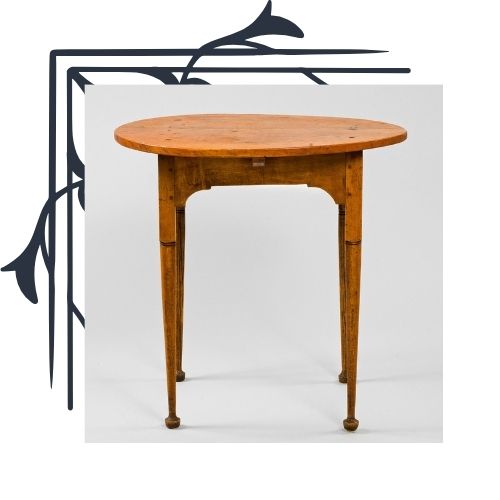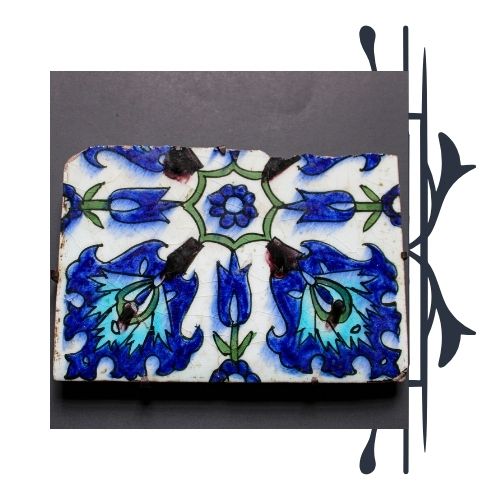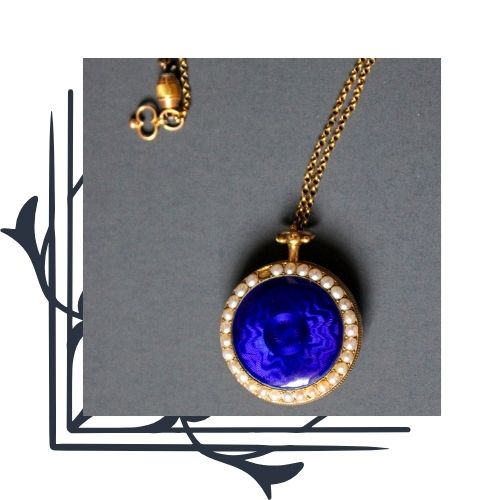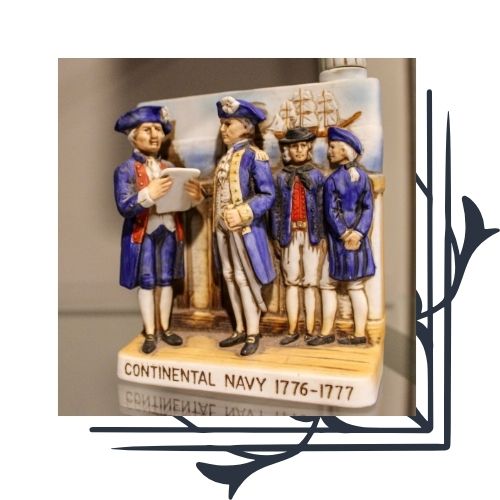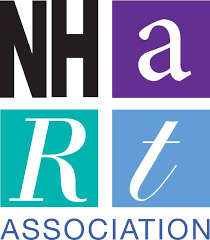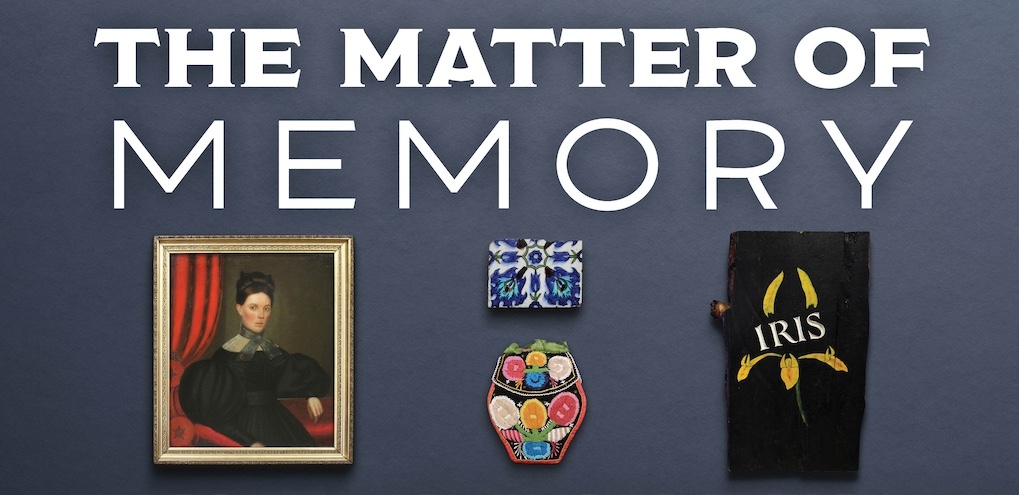
April 1- November 3, 2024
The role of museums as both guardians and creators of individual and community memory
Programs, Events, & Lectures
Events are being added all the time! Please check back in for updates.
Exhibition Programs
Connect with Portsmouth and our local community through the collection or workshops, lectures, and community conversations we have planned this season.
Exhibition open seven days
10:00am–5:00pm
Museums, by their very nature as repositories and preservers of collections of objects, are vessels of individual and community memory. These same museums, consciously and unconsciously, are active participants in shaping our understanding of history.
What histories do we choose to examine and to share, both as a museum and as a community? Whose stories do we establish, legitimize, and perpetuate through the things we save and display? Can our collective memories bind us together or can our interpretation of history be manipulated to distort the past and keep us apart?
This exhibition encourages visitors to look at how the items we preserve are tools for shaping how we remember the past.
IN MEMORIAM
It is a basic part of the human experience to honor and remember “the unfortunate dead” through customs, rituals, and practices that have evolved constantly over time. While the rituals and traditions surrounding death and mourning may have changed over the past few centuries, the motivations behind these historical customs remain familiar: to keep those we’ve lost present in our lives and memories.
WHOSE PAST?
The collection of the Historical Society, gathered largely through gifts over the past century, consists primarily of domestic goods representing Portsmouth’s dominant white families of Anglo-American descent. Like most cities and towns, however, Portsmouth has been and continues to be home to many communities who often have been overlooked or undervalued—Native Americans, African Americans, the LGBTQ+ community, immigrants from central and southern Europe and elsewhere, and many others.
MEMENTOS AND RELICS
Since ancient Rome, the gathering of souvenirs has been a significant part of a traveler’s experience. Derived from the Latin subvenire (“occur to the mind”) and the French (“remember”), souvenirs provide a tangible means after one has returned home of recalling journeys and trips and reliving them (perhaps with pleasure) in the mind.
ICONS OF CONTINUITY
Objects passed down from generation to generation are known to some sociologists as “icons of continuity,” or more commonly, as heirlooms. How these items preserve and conjure up family memories is independent of the nature of the object itself. An everyday, humble object can be as evocative of previous generations as any grand or luxurious masterpiece. The context, associations, and history of the piece count as much, or more, than the intrinsic qualities of the given object.
THE INVENTION AND MAINTENENCE OF TRADITIONS
History museums, in this country, have often sought objects associated with significant figures in American history. These objects help establish and perpetuate the memory of figures deemed to be important and, in a positive sense, contribute to a shared sense of cultural literacy. In a negative sense, they also help elevate a highly selective group of individuals, particularly “great white men.”
In the upstairs gallery
Contemporary works of art by members of the New Hampshire Art Association exploring wide-ranging themes of memory and remembrance in the visual arts.
- What histories do we choose to examine and to share?
- What stories do we consciously or unconsciously create and perpetuate through the things we save, display, and record?
- How is contemporary society changing our view and interpretation of the past and the role memory plays?
- Can our collective memory bind us together or can our history be manipulated to distort the past and keep us apart?

